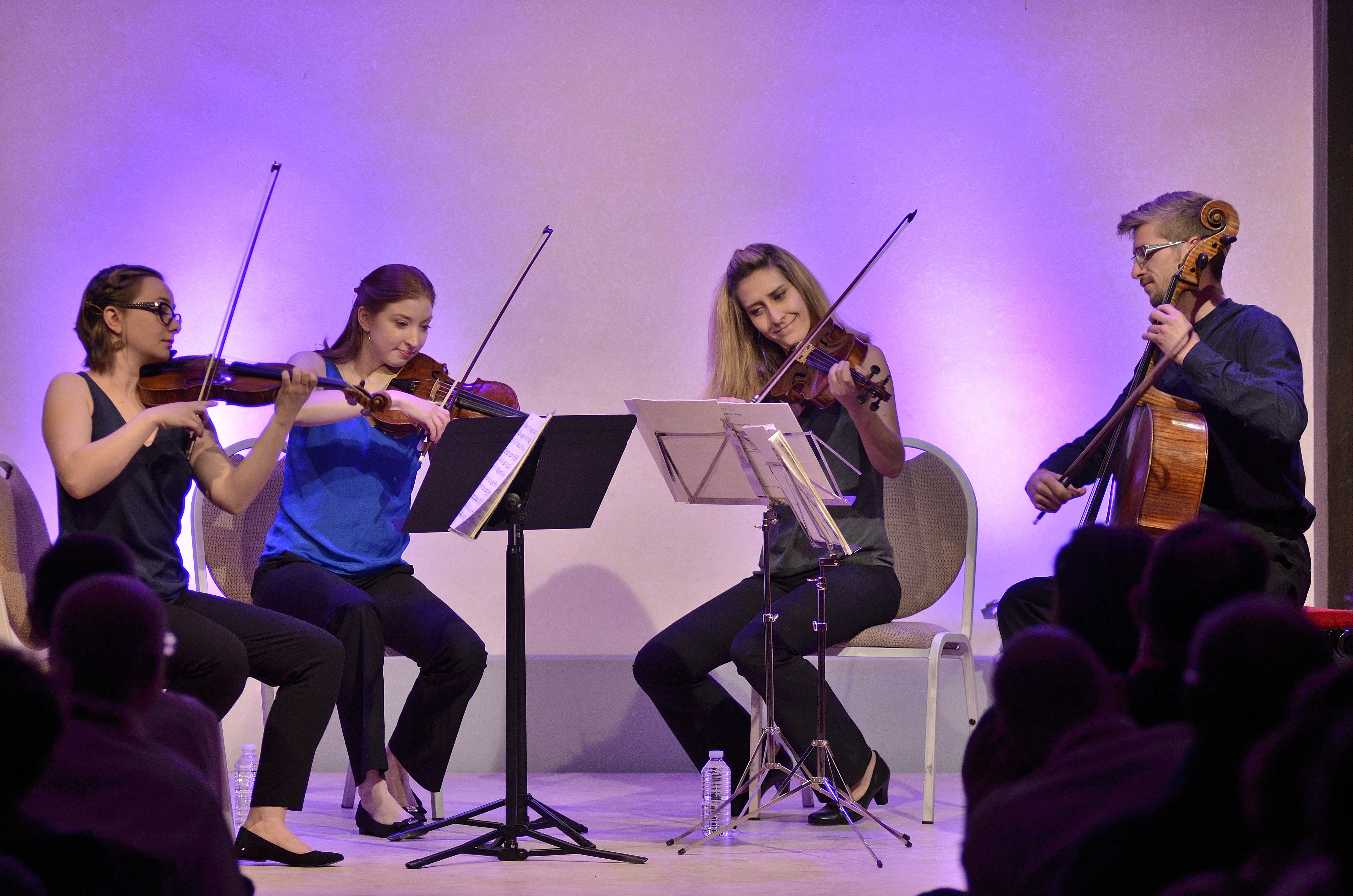Stéphane Degout, Les Talens Lyriques, Christophe Rousset
60:00
Aparté AP130
+Apothéoses de Lully & de Corelli
[dropcap]A[/dropcap]s I have often remarked when writing for EMR, I do feel for performers when their art and scholarship is undermined by the bookleteers. On page 8 I read that ‘Couperin played around with key signatures, alternating French keys… and Italian keys.’ No he didn’t. He alternated what in English are referred to as clefs. Why aren’t translators used who know something about the subject in hand? Or, indeed, tenses. CR’s biography is a real tangle. But at least there is one, and notes on the ensemble and the music (Eng/Fre). Lovely though the instrumental masterworks are, the USP of this disc for many will be the inclusion of what may be a lost cantata by Couperin that is listed in a 1716 Roger catalogue. The attribution is certainly not without foundation or credibility, the music is up to standard and here sung very well by Stéphane Degout. Christophe Coin gives an equally distinguished reading of the active viol part. Couperin’s lovely instrumental tributes to his predecessors are also given excellent performances, though a less fussy approach to instrumentation would have been equally effective. The programmatic titles of each of the movements are announced on the recording. This does no harm though slightly slower and clearer speech might have been better in the context.
David Hansell
[iframe style=”width:120px;height:240px;” marginwidth=”0″ marginheight=”0″ scrolling=”no” frameborder=”0″ src=”//ws-eu.amazon-adsystem.com/widgets/q?ServiceVersion=20070822&OneJS=1&Operation=GetAdHtml&MarketPlace=GB&source=ss&ref=as_ss_li_til&ad_type=product_link&tracking_id=infocentral-21&marketplace=amazon®ion=GB&placement=B01H5W9R7W&asins=B01H5W9R7W&linkId=4ab02ef33744075cdb1e1ab33fdc3978&show_border=true&link_opens_in_new_window=true”]
[iframe src=”http://www.jpc-partner.de/link.php?partner=ngr&artnum=4235143&bg=ffffff&tc=000000&lc=e5671d&s=120&t=1&i=1&b=1″ width=”120″ height=”214″ scrolling=”no” frameborder=”0″]
[iframe style=”width:120px;height:240px;” marginwidth=”0″ marginheight=”0″ scrolling=”no” frameborder=”0″ src=”//ws-na.amazon-adsystem.com/widgets/q?ServiceVersion=20070822&OneJS=1&Operation=GetAdHtml&MarketPlace=US&source=ss&ref=as_ss_li_til&ad_type=product_link&tracking_id=earlymusicrev-20&marketplace=amazon®ion=US&placement=B01H5W9R7W&asins=B01H5W9R7W&linkId=63e44cdc06a93465da8e127d4c332621&show_border=true&link_opens_in_new_window=true”]


